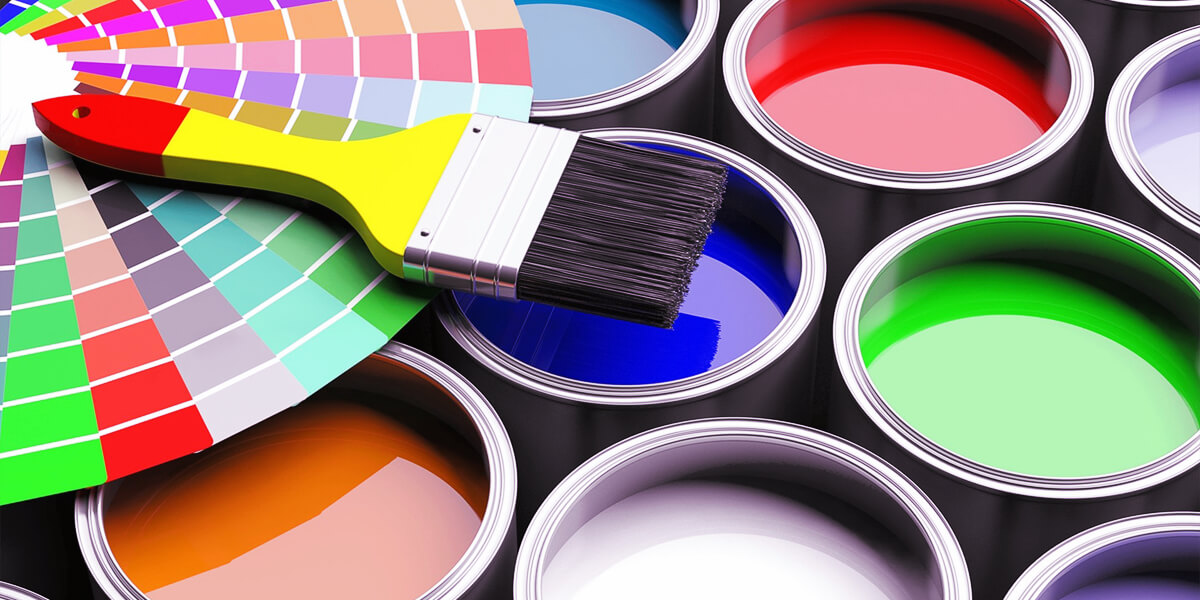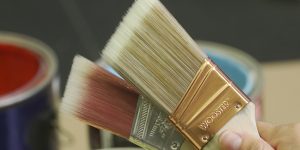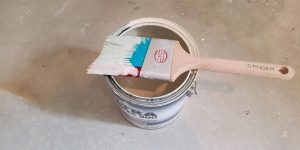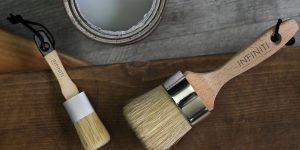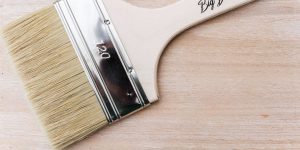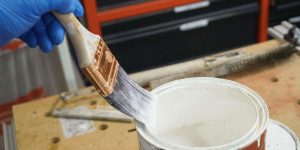Painting is an easy and affordable way to transform the look of a room, house facade, or any item you want. However, choosing the right paint can be challenging, as many different types of paint are available on the market, each with unique properties and advantages. The importance of choosing appropriate paint cannot be overstated, as it can impact your project’s final look and longevity.
In this article, you will find out the types of paint and if you can use exterior paint inside for your project. Whether you’re a seasoned DIY enthusiast or a first-time painter, it will provide you with the knowledge and tools you need to have.
Understanding paint formulations
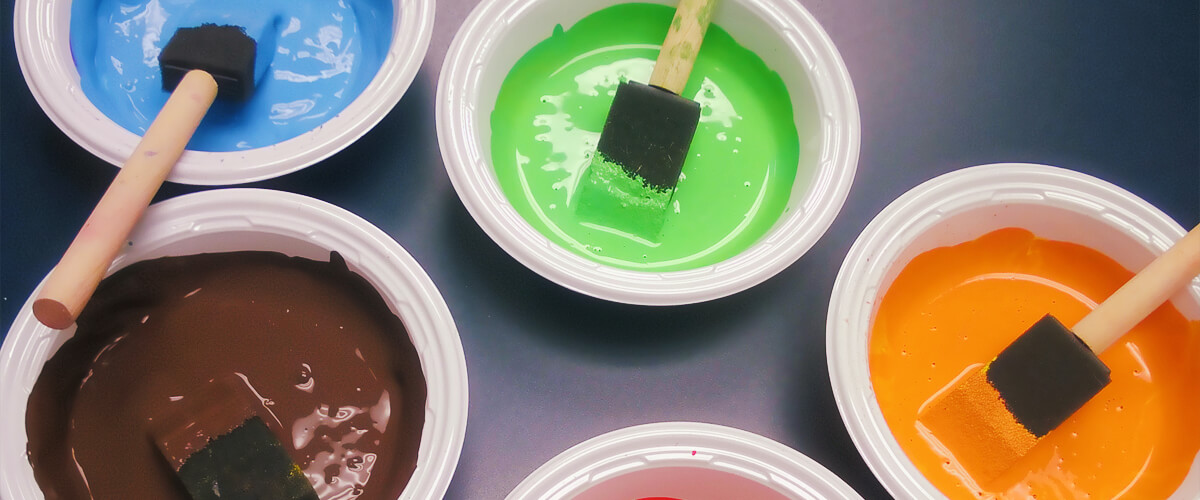
This is an essential aspect of choosing the right paint. Paint formulations consist of several key components:
- Binders: It is the primary component that holds the paint together. They provide the paint’s adhesion to the surface being painted, as well as its durability and resistance to peeling. The most common are acrylic, latex, and oil-based binders.
- Solvents: They are used in formulations to dissolve the binders and pigments and make the paint easier to apply. Solvents also help the paint to dry quickly and evenly.
- Pigments: These are the components that give the paint its color. They are typically made from natural or synthetic materials.
Being aware of the paint formulations’ composition is necessary because it can impact the final appearance and performance of the paint. I would recommend choosing the appropriate paint formulation according to the surface, the desired finish, and the expected durability.
Interior vs. exterior paint
These paints are formulated differently to suit their respective environments and applications. Therefore, I compared them for you in the table below.
| Paint Type | Features | Pros | Cons |
|---|---|---|---|
| Exterior | Typically water-based or oil-based. Formulated to withstand harsh weather conditions, UV exposure, and temperature fluctuations. Available in various finishes (flat, satin, semi-gloss, high-gloss). Suitable for use on siding, trim, doors, and windows. | Long-lasting and low-maintenance. Resistant to fading and cracking. | May require specialized equipment for application (such as sprayers or rollers). Typically more expensive than interior paint. May have a strong odor during application. |
| Interior | Low VOC (volatile organic compound) or zero VOC options are available. Fast-drying. Available in various finishes (matte, eggshell, satin, semi-gloss, high-gloss). Suitable for use on walls, ceilings, and trim. | Easy to clean with soap and water. Low odor and quick-drying. Affordable. | Not suitable for exterior surfaces or high-moisture environments. May not be as durable as exterior paint. May require frequent touch-ups. |
Why using exterior paint inside is not recommended
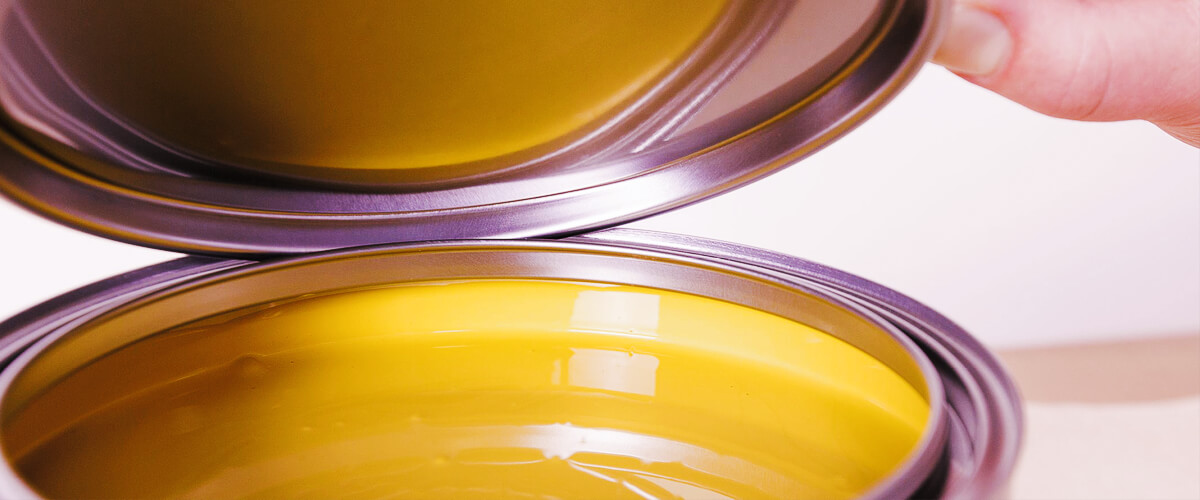
Firstly, exterior paint contains higher levels of volatile organic compounds (VOCs) than interior paint, which can cause respiratory and other health problems if used in enclosed spaces. Additionally, exterior paint may contain fungicides and other chemicals that are not suitable for interior use. It is also formulated to withstand harsh weather conditions, making it more difficult to clean and maintain indoors.
Aesthetic considerations
In addition to health and maintenance concerns, there are also aesthetic aspects to consider when using exterior paint inside. Exterior paint is typically formulated to have a higher sheen level than interior paint, creating a glossy or shiny finish that may not be desirable for interior surfaces. The greater sheen level can also highlight imperfections on walls and other surfaces, which can be especially noticeable in well-lit indoor spaces. It can also look different when applied indoors due to differences in lighting conditions and reflectivity.
Common misconceptions and how to avoid them
When it comes to exterior painting, there are several common misconceptions that can lead to poor results or unnecessary expenses.
Misconception #1: All exterior paints are the same
Not all exterior paints are created equal and are formulated for different uses. For example, some are designed for use on wood, while others are better suited for masonry or metal. Additionally, some paints are formulated to withstand extreme weather conditions, while others are intended for mild climates. To avoid this misconception, it is important to choose the appropriate type of paint for the intended use.
Misconception #2: The color will look the same as it does on the swatch
The color of the paint can look different when applied to a large surface and can also change over time due to exposure to sunlight and weathering. So you should test the color on a small area before painting. Additionally, it is important to choose a high-quality paint that is formulated to resist fading and discoloration.
Misconception #3: One coat of paint is enough
While it may be tempting to save time and money by applying only one coat of paint, it is usually not enough to provide adequate protection and coverage. Most exterior surfaces require at least two coats of paint to achieve a smooth and even finish. Make sure to follow the manufacturer’s instructions for application and allow enough time for each coat to dry before applying the next.
Misconception #4: Pressure washing is enough to prepare the surface
While pressure washing can help remove dirt and grime from the surface, it may not be enough. It is important to remove any loose or peeling paint, sand the surface, and repair any cracks or damage.
Misconception #5: It’s okay to paint over damaged or rotting wood
It may seem like a quick fix, but it can lead to more serious problems down the road. The paint may not adhere properly to the damaged surface, and the underlying damage can continue to worsen over time. Replace or repair any damaged wood before painting.
Exterior paint as a more durable option
Unlike interior paint, exterior paint contains additives that provide additional protection against fading, peeling, and cracking. In addition, a great difference between interior and exterior paint is that the last one is often thicker and more viscous, allowing it to better resist the effects of moisture and temperature changes.
Gloss and semi-gloss finishes tend to be more durable than matte finishes because they are smoother and less porous, making them more resistant to dirt, moisture, and other environmental factors.
Generally, the choice of exterior paint for interior surfaces is, in certain cases, an acceptable option that can provide greater durability.

